Expressing gratitude and thankfulness after RRR won an Oscar for its song "Naatu Naatu," the film's star Ram Charan took to his Twitter account and shared a long note.
"We have won! We have won as Indian Cinema! We won as a country! The Oscar Award is coming home!" he wrote.
The actor continued, "RRR is and will always remain the most special film of our lives and of Indian Cinema history. I can't thank everyone enough for manifesting the Oscar Award. It still feels like I am living in a dream. Thank you all for the unstoppable support and love. SS Rajamouli Garu and MM Keeravani Garu are the most precious gems of our Indian film industry. Thank you both for giving me the opportunity to be a part of this masterpiece."
"Naatu Naatu" won the Oscar for Best Original Song. It is the first Telugu song to be nominated in the Original Song category at the Oscars.
'"Naatu Naatu" is an emotion across the globe. Thank you lyricist Chandrabose Garu, singers Rahul Sipliguni & Kaala Bhairava, and choreographer Prem Rakshith for bringing together this emotion. To my co-star Tarak- Thank you, brother! I hope to dance with you and create records again. Thank you Alia Bhatt for being the sweetest co-star. This award belongs to every Indian actor, technician, and film goer. My heartfelt thanks to all the fans across the world for all the love and support. This is our country's win!" the note further reads.
Stay tuned for more updates!
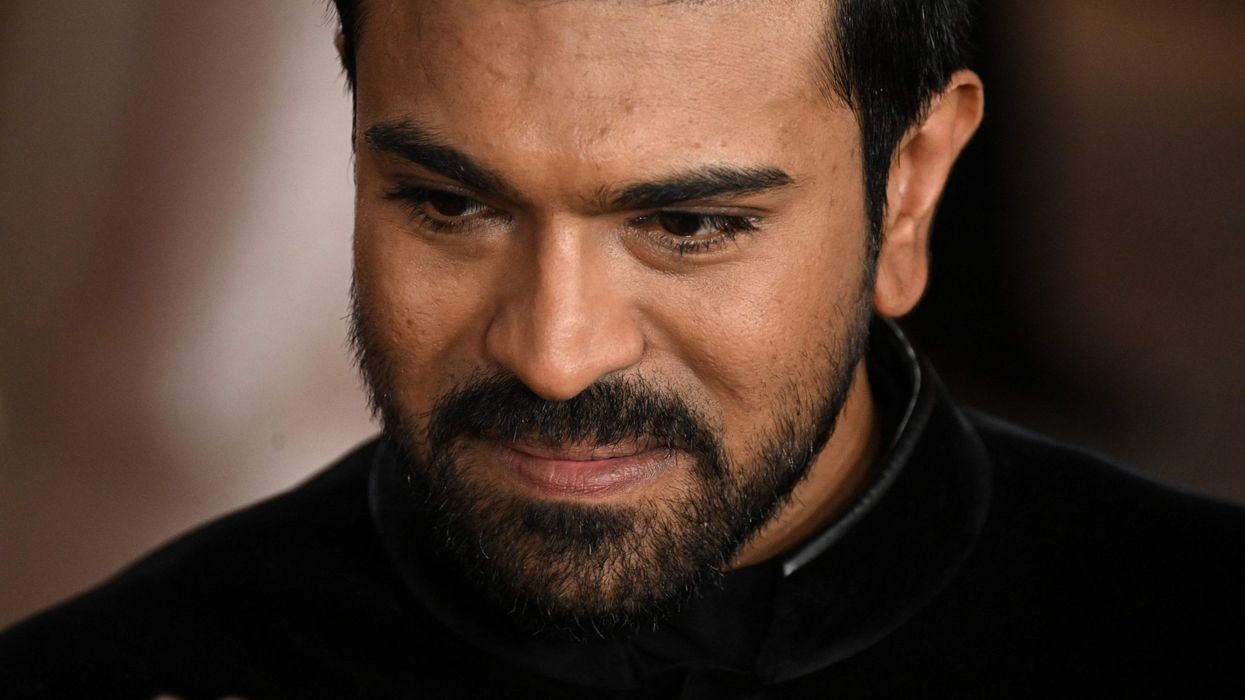
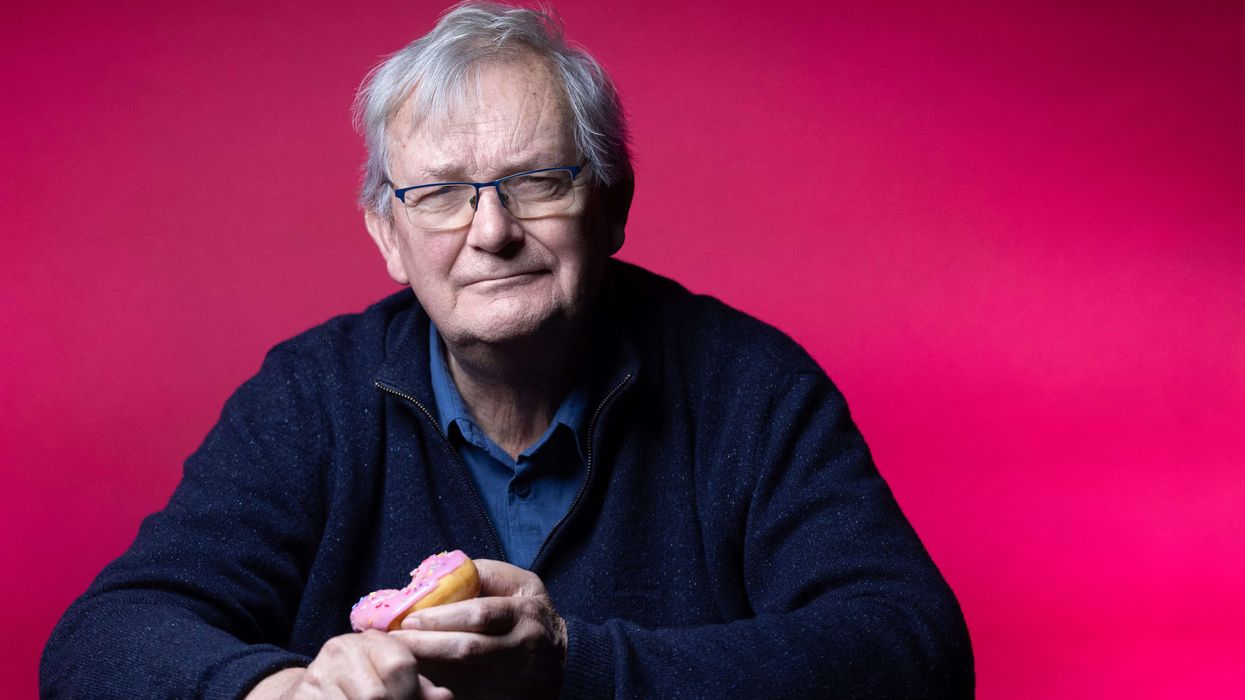
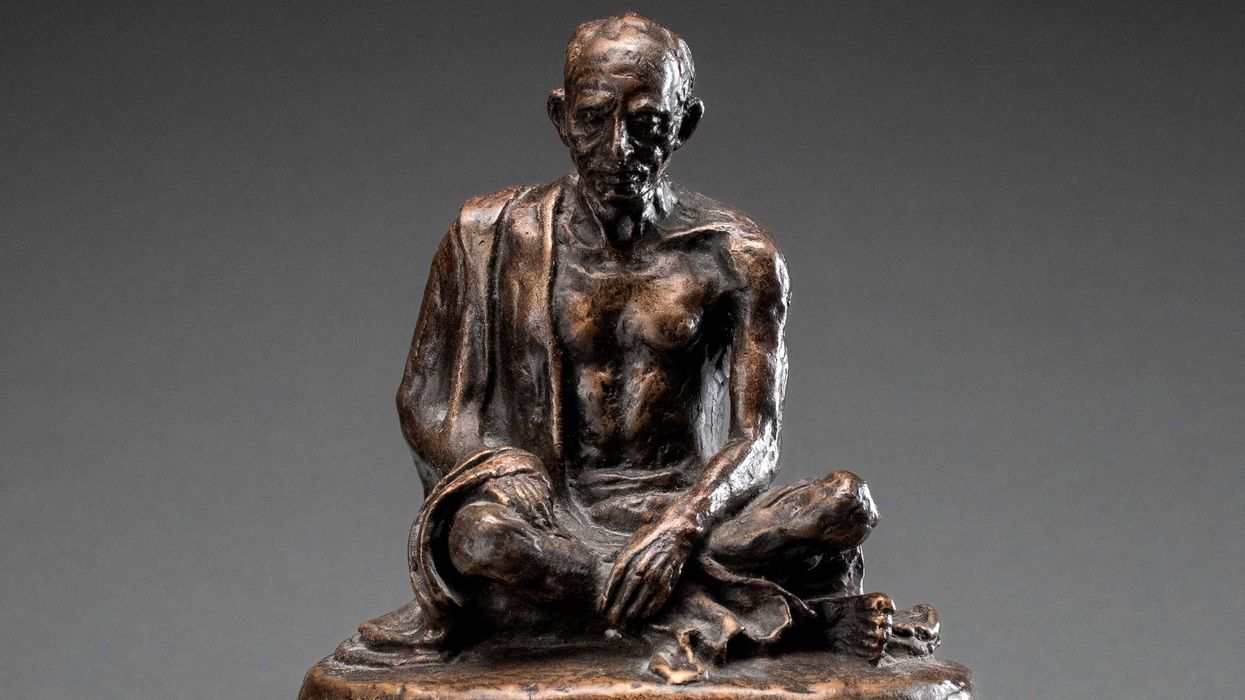

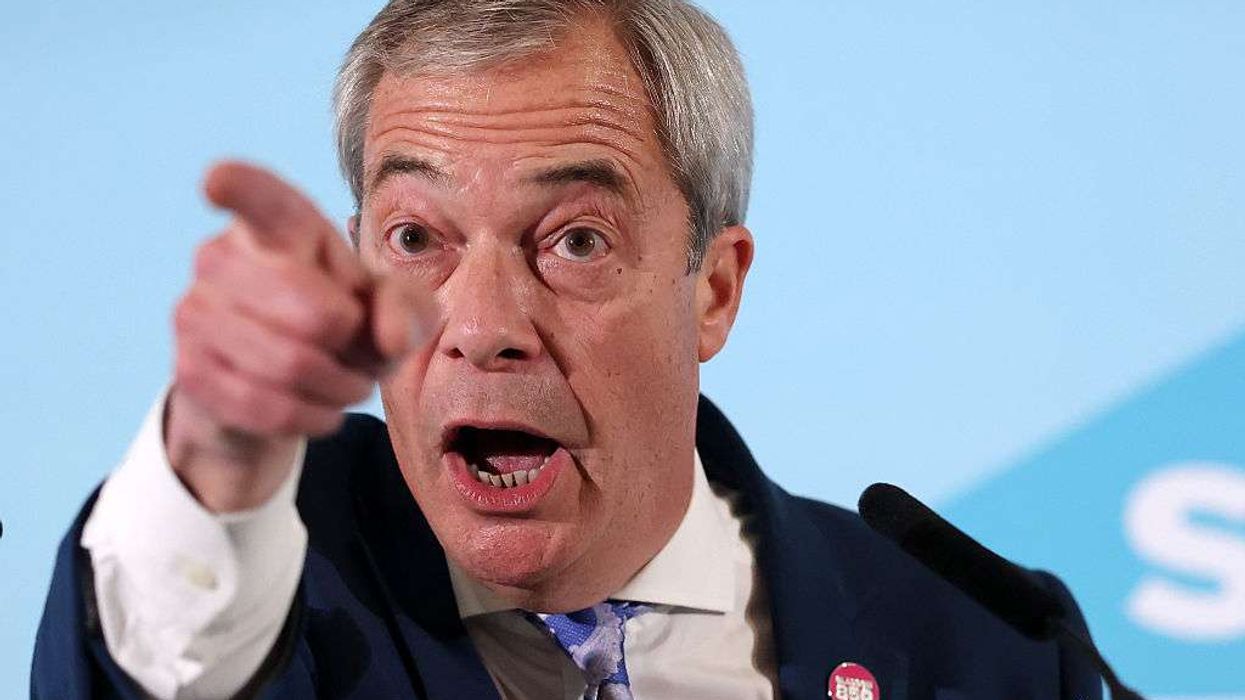
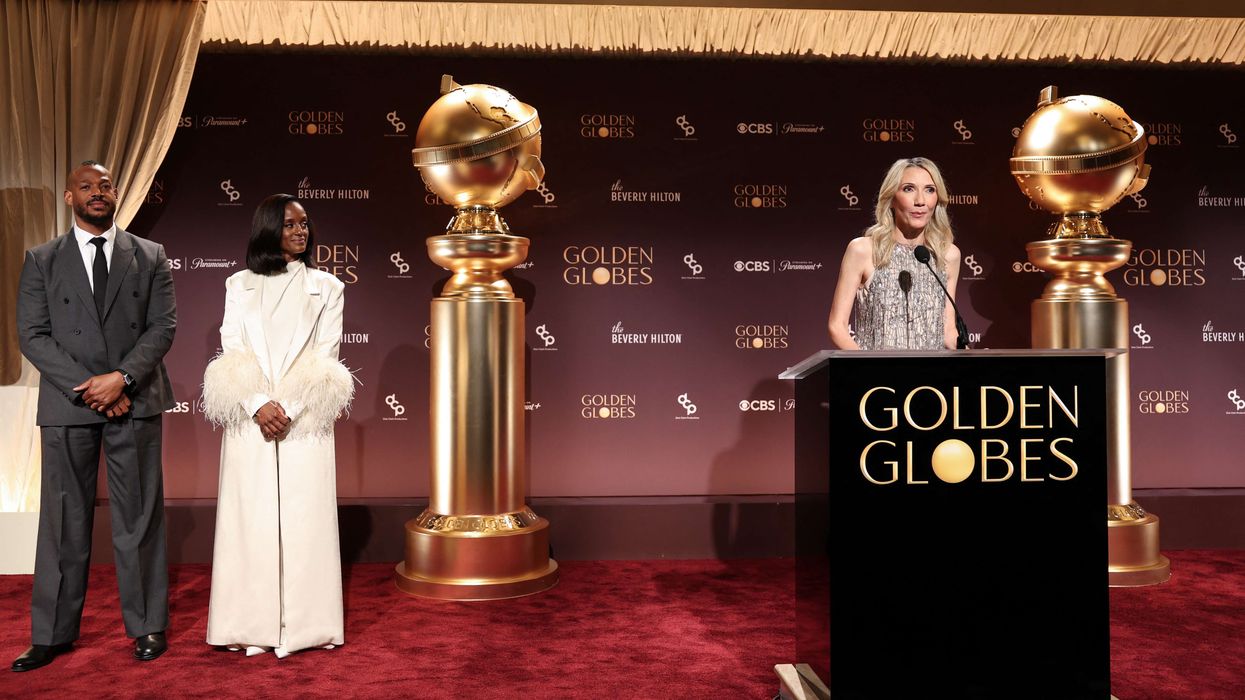
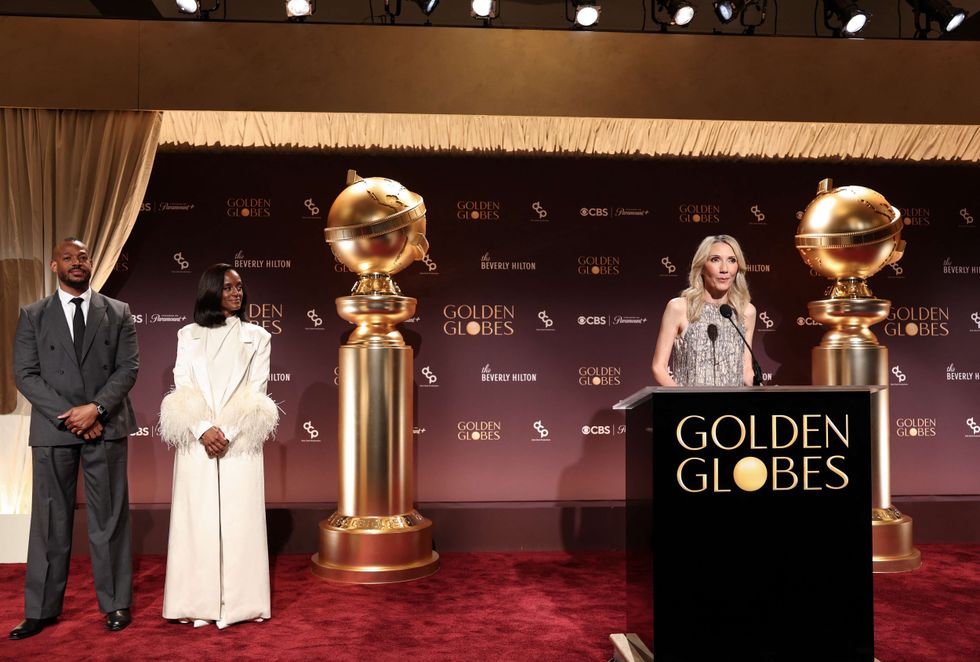 Marlon Wayans and Skye P. Marshall unveil full 2026 Golden Globes shortlist Getty Images
Marlon Wayans and Skye P. Marshall unveil full 2026 Golden Globes shortlist Getty Images  Best Podcast Category Instagram Story Screengrab/
Best Podcast Category Instagram Story Screengrab/






